Poor Water Quality May Result in Dam Removal
The deteriorating water quality of the Shad Factory Pond on Reed Street has had a detrimental impact on the fish life and has prompted discussions among various agencies regarding the removal of the pond’s dam. Last month, William Dalpe, who serves as Fish Warden/Harbor Master, updated the Board of Selectmen that Bristol County Water Authority along with Save the Bay are looking into whether or not to remove the Shad Pond Dam. “It’s something that would be good for the town, environmentally wise,” said Dalpe.
Thousands of Canadian geese excreting their waste in the pond has contributed to the pollution. “(The geese) poop three pounds a day. It doesn’t take long for that manure to pile up over the years,” Dalpe explained. “(The pond) hasn’t been dredged since (the dam) was put in.”
Dalpe said there will be meetings and public hearings to keep residents aware of what is going on with the project. Official work will not be conducted in the near future, however. The process could take up to three years or longer. Federal and state grants would pay for the project. “Other than the river channel, the pond is covered with vegetation,” said Wenley Ferguson, Director of Habitat Restoration for Save the Bay.
Save the Bay has been monitoring the fish run every spring with the assistance of volunteers. The restoration was conducted in late 2009 and the fish ladder, which was rebuilt in 2007, was designed to pass herring and American shad. Over the years, the annual herring odyssey had inspired naturalists and provided a display for families and environmentalists alike. River herring and shad live most of their lives in the open ocean and return each spring to spawn in the rivers where they hatched. After spawning, the surviving adults return to the ocean. The eggs hatch and the young fish stay in the river until fall when they migrate to the sea.
After four years, the fish return from the sea and travel up Narragansett Bay to spawn in the Palmer River. Both shad and river herring are an important food source for both salt and freshwater fish including striped bass, bluefish, cod and largemouth bass.
Save the Bay and the Division of Marine Fisheries conducted multiple studies earlier this year of the fish in the pond. The results were stunning. “Other than temperature, everything else was impaired,” Ferguson noted.”Oxygen levels were too low, PH was too low, nitrogen was too high, and phosphorous was too high. There were five different monitoring sites within the pond. There are very few fish being observed using the fish ladder or even at the base of the dam. We had a total of 31 counts and only nine herring observed.” As for shad, “the maximum number we’ve ever observed in one season was in 2011 and it was six. In subsequent years, we’ve seen between zero and two. We’re not seeing the recovery that you would expect to see.” Ferguson said after a fish ladder has been installed, it “will take four or five years for the population to return because they take that long to reach reproductive maturity.”
Save the Bay consulted with the Division of Marine Fisheries to write a report, which is now being finalized. If it is determined that the dam no longer serves a purpose, Ferguson said a study would be conducted to determine the feasibility of the dam’s removal. The process would take a bit of a time, due to many factors: sediment, the impacts to upstream wetlands and the effects on groundwater. “The feasibility looking at removing the dam would be the best option for the resource,” Ferguson added. "The Division of Marine Fisheries and Save the Bay collaborated to conduct a study of river herring spawning and nursery habitat in 2016 and 2017, which found that water quality in Shad Factory Pond frequently did not meet threshold criteria for the survival of early life stages,” said Sara Turner, a
diadromous fish biologist for the organization. “The Division of Marine Fisheries recommends moving forward with an engineering study to investigate the feasibility of removing the Shad Factory Pond Dam."
According to advocacy organization American Rivers, dam removal can have significant benefits: “Twenty years ago, the annual run of alewives (a migratory fish essential to the marine food web) up Maine’s Kennebec River was zero. Today, it’s five million — thanks to the removal of Edwards Dam and additional restoration measures upstream. The Kennebec and its web of life have rebounded in many ways since Edwards Dam came down in 1999. Our partners at the Natural Resources Council of Maine report that since Edwards Dam was removed on July 1, 1999, tens of millions of alewives, blueback herring, striped bass, shad, and other sea-run fish have traveled up the Kennebec River, past the former Edwards Dam, which blocked upstream passage since 1837. Abundant osprey, bald eagles, sturgeon and other wildlife have also returned.
According to the dam removal database maintained by American Rivers, 1,605 dams have been removed in the U.S. since 1912. Most of these (1,199) have occurred since the removal of Edwards Dam in 1999. The year with the most dam removals was 2018 (99 dams removed). 2017 was the second most productive year, with 91 dams removed.”
In July 2019, the state’s Division of Ecological Restoration (DER) completed site reconnaissance and concept design studies for thirteen potential dam removals across the Commonwealth. DER worked with interested partners in Clinton, Dartmouth, Dracut, Haverhill, Hatfield, Monson, Oxford, Pittsfield, and Uxbridge to assess preliminary feasibility of removal. Sites were selected for their combined public safety and ecological benefits. DER's work has helped owners determine the best next steps for their dams and several of the sites will soon be advancing toward eventual removal. Funding for these studies was provided by the U.S. Department of the Interior and administered by the National Fish and Wildlife Foundation as part of the Hurricane Sandy Coastal Resiliency Competitive Grants Program.
DER regularly provides technical assistance to dam owners interested in pursuing removal and each year facilitates the completion of site reconnaissance level studies at no cost to the owners.
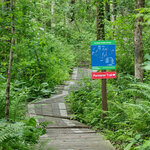
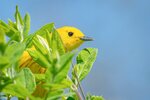
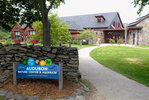
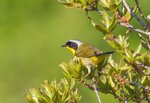


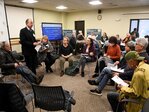



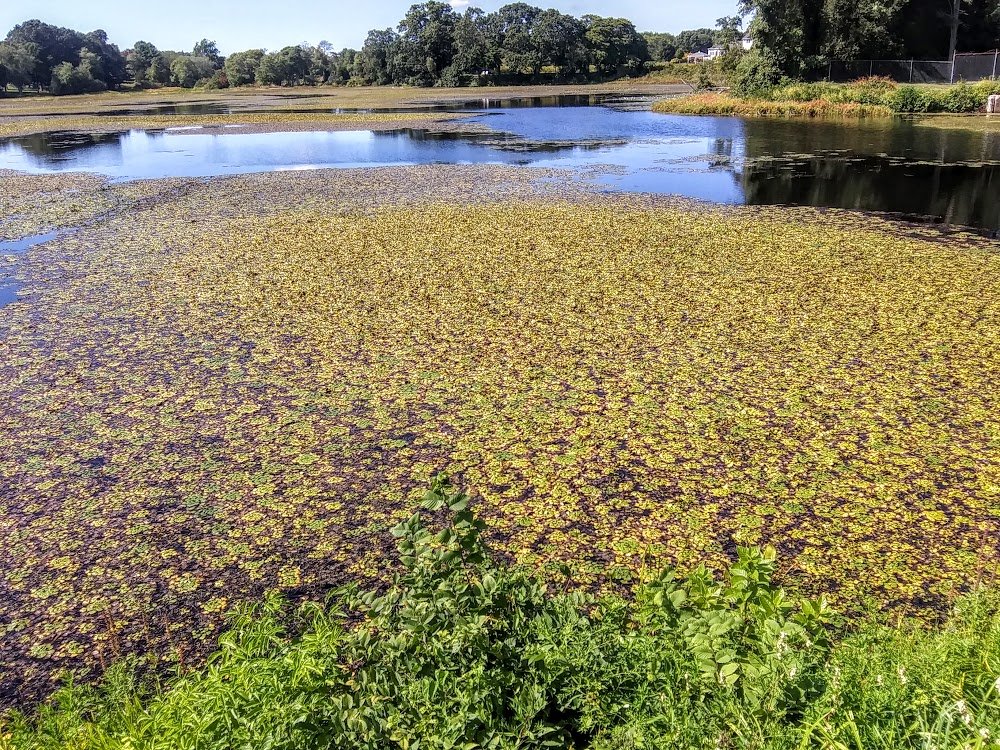

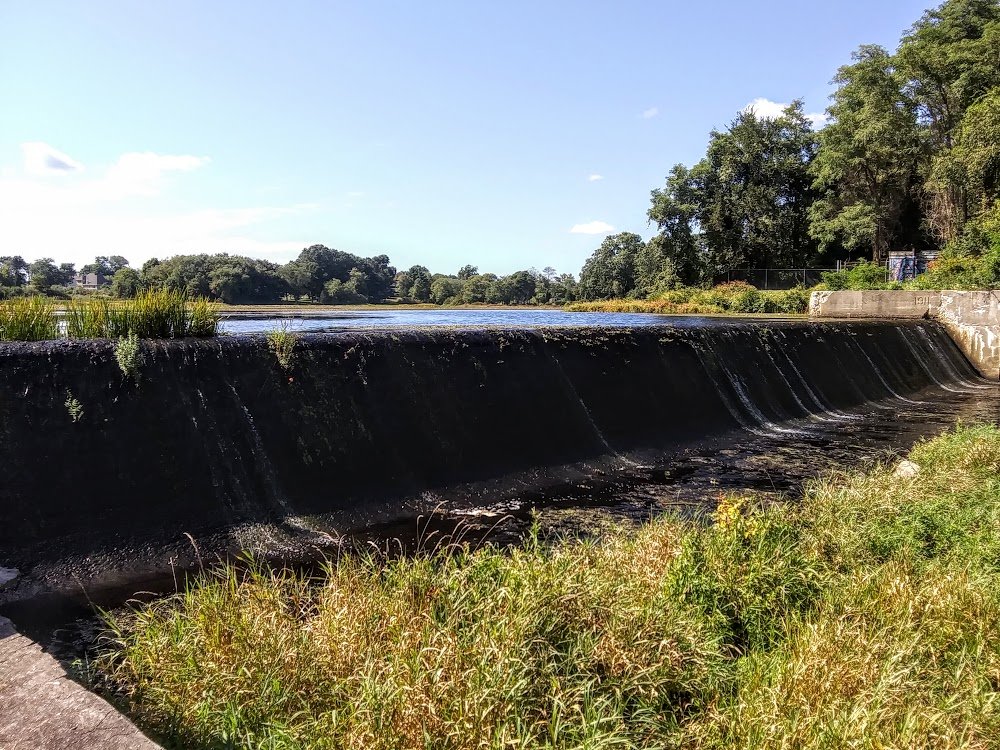
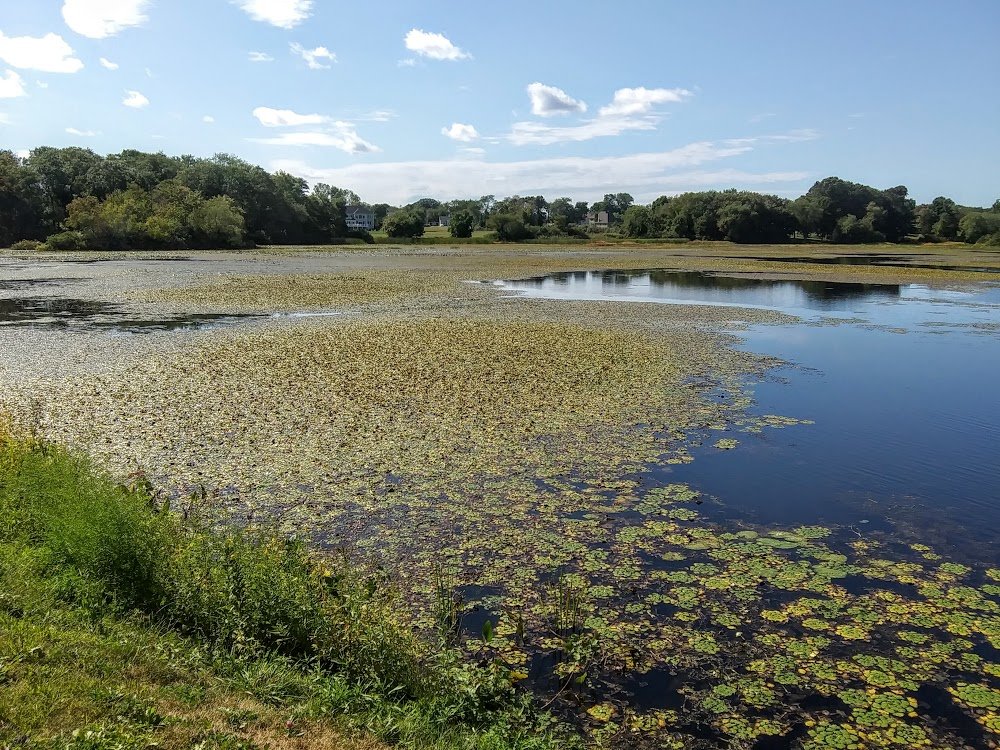

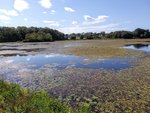









Comments
No comments on this item Please log in to comment by clicking here